By Type (6)
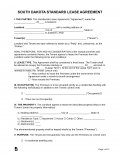 Standard Residential Lease Agreement – Standard term usually lasting 12 months but may be any specified amount of time. Standard Residential Lease Agreement – Standard term usually lasting 12 months but may be any specified amount of time.
Download: PDF, MS Word, OpenDocument |
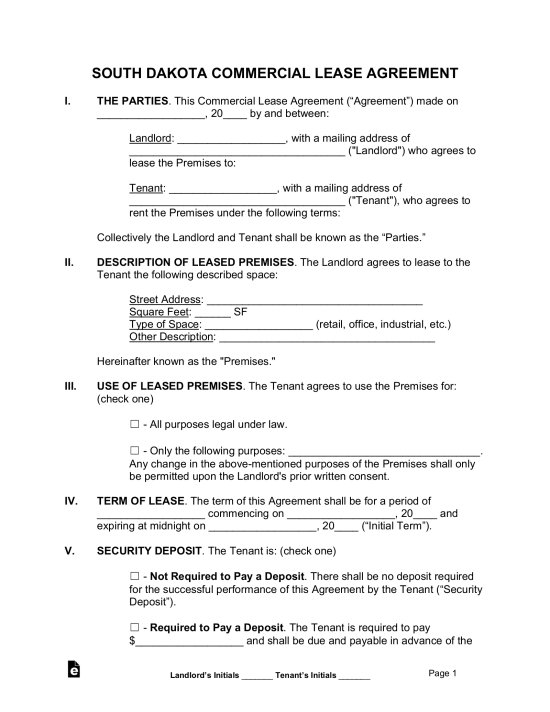 Commercial Lease Agreement – Space that may be used for a business purpose and not for livable tenancies. Commercial Lease Agreement – Space that may be used for a business purpose and not for livable tenancies.
Download: PDF, MS Word, OpenDocument |
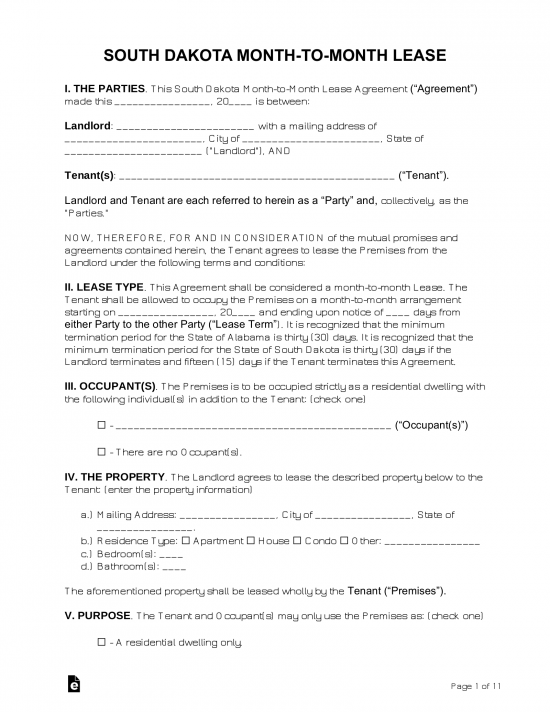 Month to Month Lease Agreement – Known as a tenancy at will that may be terminated with at least 30 days’ notice by the landlord and 15 days by the tenant. Month to Month Lease Agreement – Known as a tenancy at will that may be terminated with at least 30 days’ notice by the landlord and 15 days by the tenant.
Download: PDF, MS Word, OpenDocument |
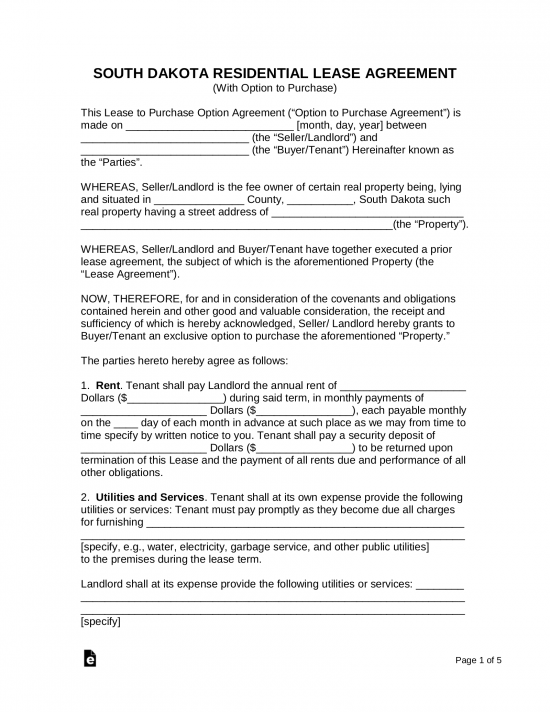 Rent-to-Own Lease Agreement – Residential type with the added option of being able to purchase under terms agreed upon by the landlord and tenant. Rent-to-Own Lease Agreement – Residential type with the added option of being able to purchase under terms agreed upon by the landlord and tenant.
Download: PDF, MS Word, OpenDocument |
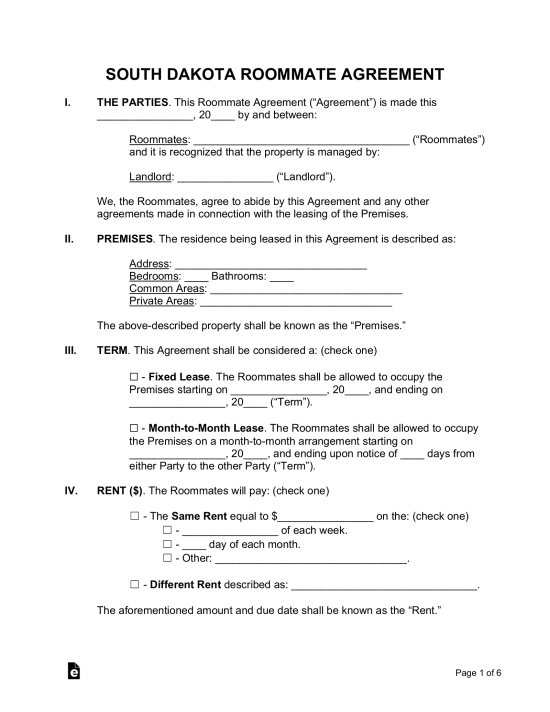 Room Rental (Roommate) Agreement – For the individuals in a shared living arrangement where the common space such as the kitchen, living room, outside area, etc is shared by all parties. Room Rental (Roommate) Agreement – For the individuals in a shared living arrangement where the common space such as the kitchen, living room, outside area, etc is shared by all parties.
Download: PDF, MS Word, OpenDocument |
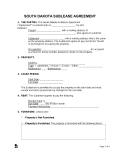 Sublease Agreement – A residence that allows the tenant, if desired, to re-rent their space that they are under agreement from the landlord in order to pursue another tenant to take their place. Sublease Agreement – A residence that allows the tenant, if desired, to re-rent their space that they are under agreement from the landlord in order to pursue another tenant to take their place.
Download: PDF, MS Word, OpenDocument |
Required Disclosures (2)
- Lead-Based Paint Disclosure & EPA Pamphlet – Federal law requires all landlords of residential units built prior to 1978 to inform their tenants of the possible existence of lead-based paint on the premises.
- Methamphetamines – If the landlord is aware that the residential property was previously used to manufacture methamphetamines, they must disclose this information to the tenant.[1]
Security Deposits
Maximum Amount – A landlord cannot charge more than one month’s rent for a security deposit, unless special conditions exist that threaten the maintenance of the premises, and both the landlord and tenant agree to a higher deposit.[2]
Collecting Interest – Landlords in South Dakota are not required by state law to collect or pay interest on security deposits.
Returning – The landlord must return the security deposit, minus any withheld amounts, to the tenant within 14 days of the end of tenancy, along with a written statement showing the specific reasons for the withholding of any deposit funds.[3]
- Itemized List – The tenant may request an itemized accounting of any withheld portions of the security deposit within 45 days of the end of tenancy.[3]
When is Rent Due?
Grace Period – There is no statutory grace period for the late payment of rent in South Dakota; rent is due on the date established in the lease. If the tenant does not pay rent on the due date, the landlord can send a three-day notice to quit.[4]
Maximum Late Fee – South Dakota state law does not establish a maximum penalty for the late payment of rent.
NSF Fee – $40 is the maximum charge that can be administered for a bad check.[5]
Withholding Rent – If the landlord fails to make necessary repairs to the property within a reasonable time after receiving notice, the tenant can see to the repairs on their own and deduct the costs from their rent.[6]
Right to Enter (Landlord)
Standard Access – The landlord must provide at least 24 hours’ notice before entering the tenant’s property for any non-emergency reason.[7]
Immediate Access – The landlord is not required to give notice before entering the tenant’s property in the case of an emergency.[7]
Abandonment
Absence – South Dakota state law does not establish a specific length of time that a tenant must be absent without notice before a rental property may be considered abandoned.
Breaking the Lease – A tenant may terminate a lease without penalty if the landlord has failed to meet their obligation to maintain the premises as fit for habitation, or if the tenant is a victim of domestic abuse, unlawful sexual behavior, or stalking.[8]
Tenant’s Utility Shutoff – If the tenant’s failure to maintain utilities on the property amounts to a use of the premises contrary to the terms of the lease agreement, then the landlord may serve an immediate notice to quit for non-compliance.[9]
Unclaimed Property – Property worth $500 or less that has been left behind on the premises may be disposed of after 10 days.[10] The landlord must store any property worth more than $500 for at least 30 days before it can be disposed of.[11]
